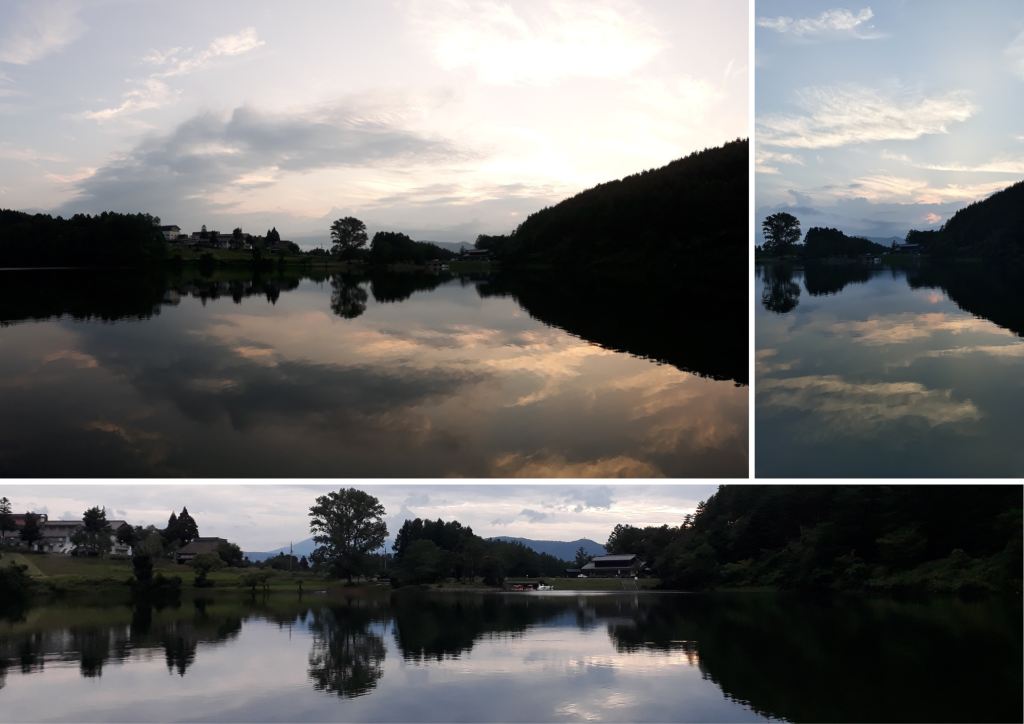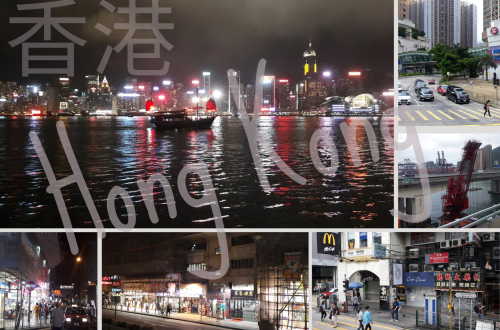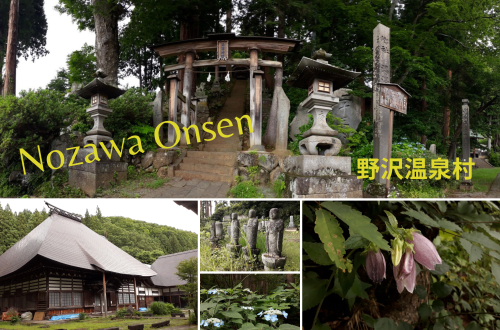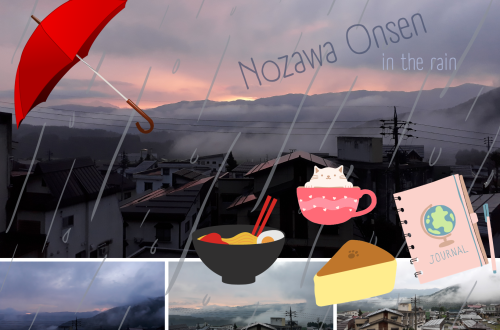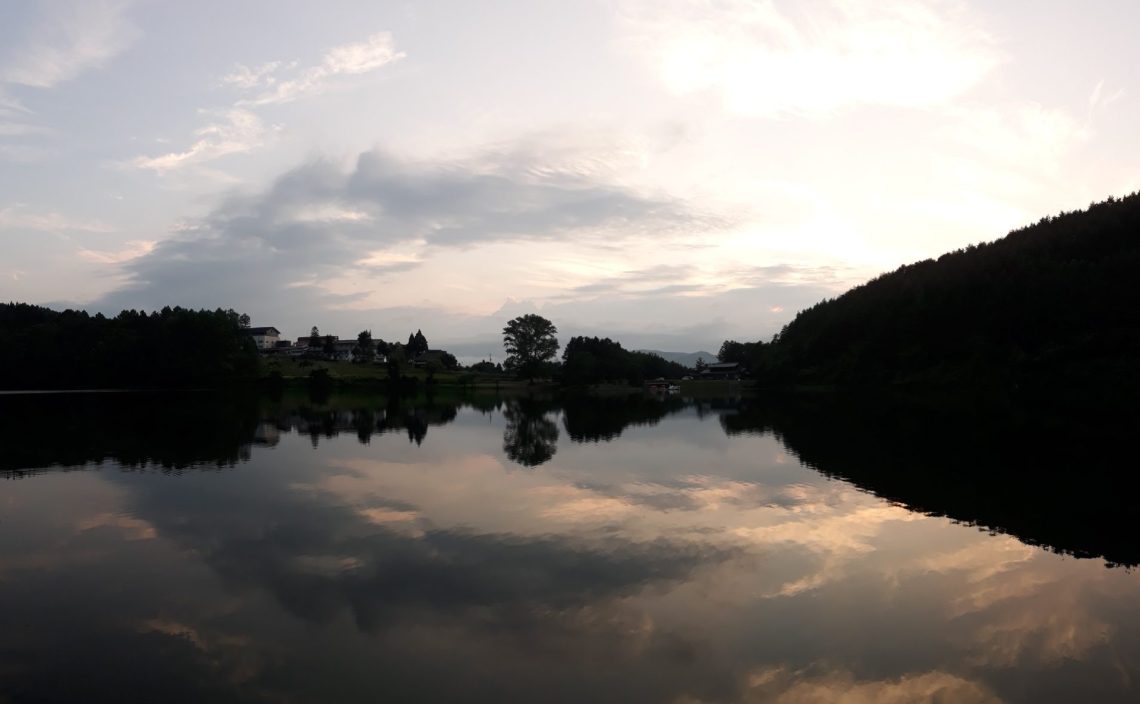
Treeleaf Diary entry 3.3: Japan, Nozawa Onsen, Hokuryu lake
Of onsens and swimming under the gaze of gods
Original post from July 2019. Updated in June, 2023.
First day of work
My first task was weeding - a small patch between two car parks, on which the weeds were already knee-high. The agreed working time was 3 hours per day, 5 days a week, altogether 3 weeks. In general, there was a silent understanding on Workaway that if the voluntary work provider did not offer food, the working time would be 3-4 hours, with food - 5 hours per day. Sometimes (in other places) there were 1-2 meals per day, sometimes all 3. It depended on the possibilities and resources of the work provider.
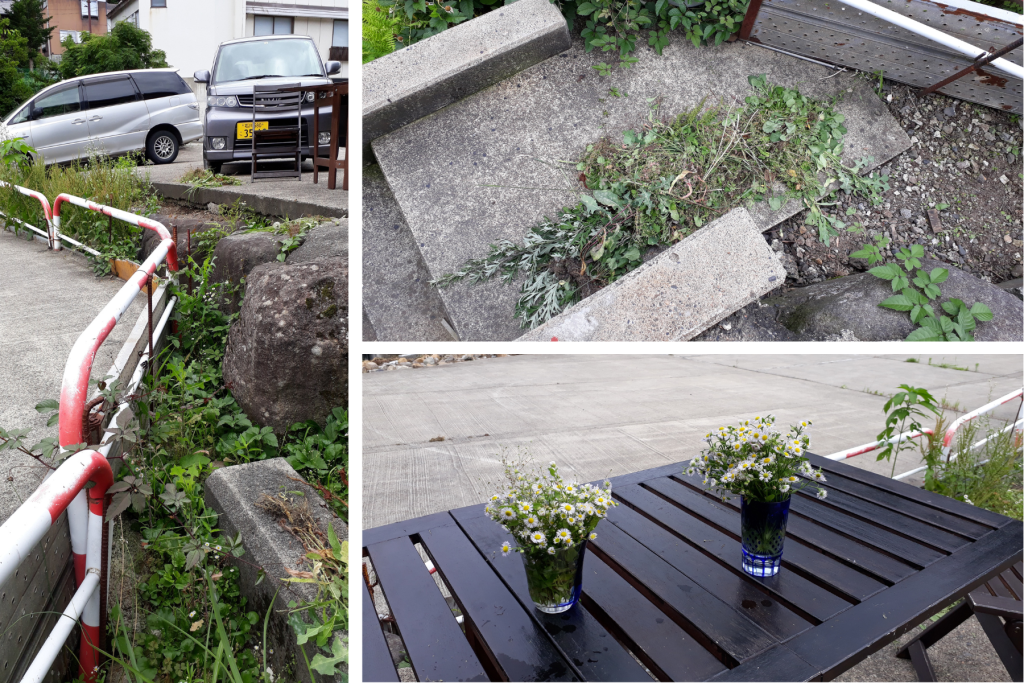
Of course, there was nothing linear with the weeding - the idea was that I would free that patch of land of any plants completely. However, I saw the blooming weed plants and immediately started thinking how I can preserve those "flowers". I didn't care if people call me a flower child, but I simply could not treat cute little blooming flowers as unnecessary weeds, especially ones I had never seen before. So, I made a compromise - I pulled them out as ordered but cut off the flowers and put them into small vases. I thought they looked very pretty! I probably got some weird looks but nobody said anything :) In the coming days, fly nets for all the windows and balcony doors were supposed to arrive, and installing them was to be my next job. Japanese summer climate, especially in the mountains, is very humid and it attracts all sorts of insects. Great efforts were made especially to avoid a special kind of beetle entering indoors that exuded a terrible smell; they were even called stink bugs locally. The weather, however, was fantastic, and the occasional rainy days allowed to relax and enjoy the true Japanese quiet life. Zen.
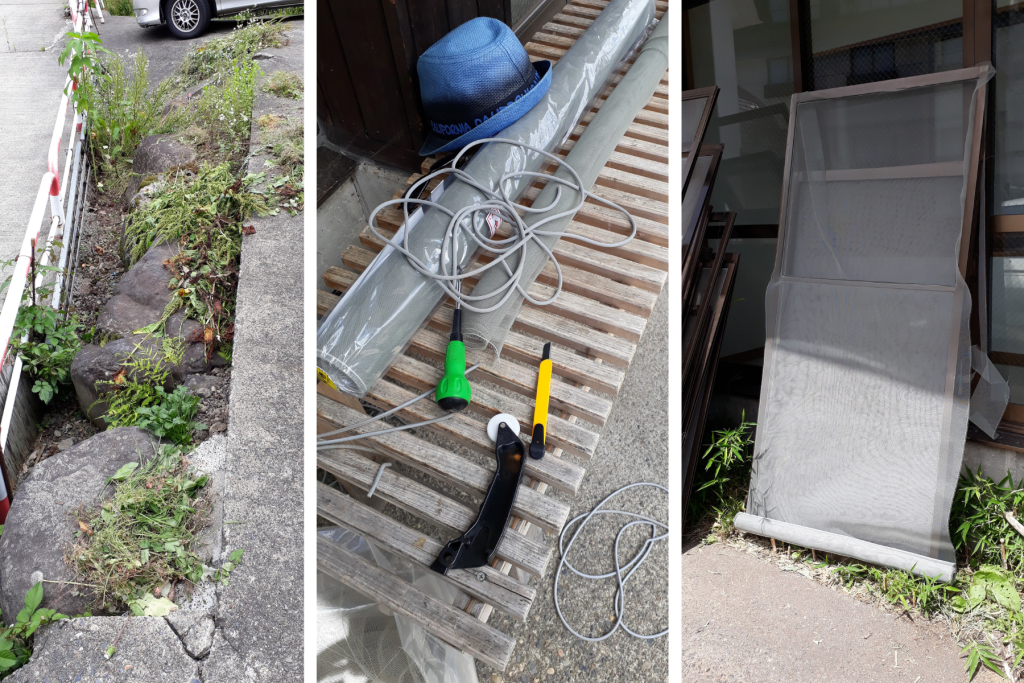

I wasn't the only volunteer anymore. Most of the time I stayed there, two couples were there, too. Two girls from France with their boyfriends, one from Scotland and the other also from France. In general, I saw a lot of French people everywhere in Asia. Futhermore, it seemed all people around me in Nozawa were coupled up - the local managers Nathan and his Japanese wife Akiko, then another Australian-Japanese couple Luke and Mariko, who conducted yoga and meditation classes for the villa guests (Luke played the guitar very well, too!), and then there was another Luke+Mariko couple living nearby! I only saw them once but they had the same names and were also an Australian - Japanese couple combination. It was only later when someone joined on his own, a guy with a ponytail (again) from France.
The French couple's purpose was to make introductory videos of the village and the villa's activities, for advertising. Yoga, swimming, paddleboarding, cycling, onsen-visits, hiking trails, etc.
Nozawa - the village of onsens
Hereby I should probably explain in more detail what is an onsen. Onsen (温泉) in direct translation means a hot spring; in Japan we understand this more as a public bath house, whose waters are often very hot. The water comes from the moutains, from natural hot springs, therefore it doesn't need any kind of heating - rather, cooling, which is mostly done with adding cold water. The hot spring water is full of natural minerals, especially sulfur, which gives it the specific smel and is supposedly highly beneficial for joints and different skin issues. On local regional maps, onsens are marked by a red♨️. There are about 13 of them in Nozawa, most of them free - it's a community thing. (I've linked a video at the end of this post that shows what an onsen looks like and how to act in one. This was the only one that you had to pay to enter in the village, I think.) The whole of Nozawa village is covered with network of small narrow channels that guide the waters from the mountains to where it's needed - in addition to onsens, also rice fields need a lot of water. Rice does not grow in dry land. In the winter, snow is pushed into those channels to avoid it piling up - it will melt quickly. This helps a lot because there can be a lot of snow in mountain villages and the streets in Nozawa were already very narrow. It seemed to me even cars didn't fit but somehow they did.
With pushing the snow into the warm channels in winters, there was a curious fact. It was not done as an ordered service or mainenance work. For each region of the village, the villagers had a schedule that settled who's responsible for their area and when. So the work was done by the inhabitants of the village, as was fitting for a Japanese community. Such an arrangement, of course, could not be found everywhere but it happened in the more traditional places. Which I guess is the case in some of the smaller villages in Estonia also.
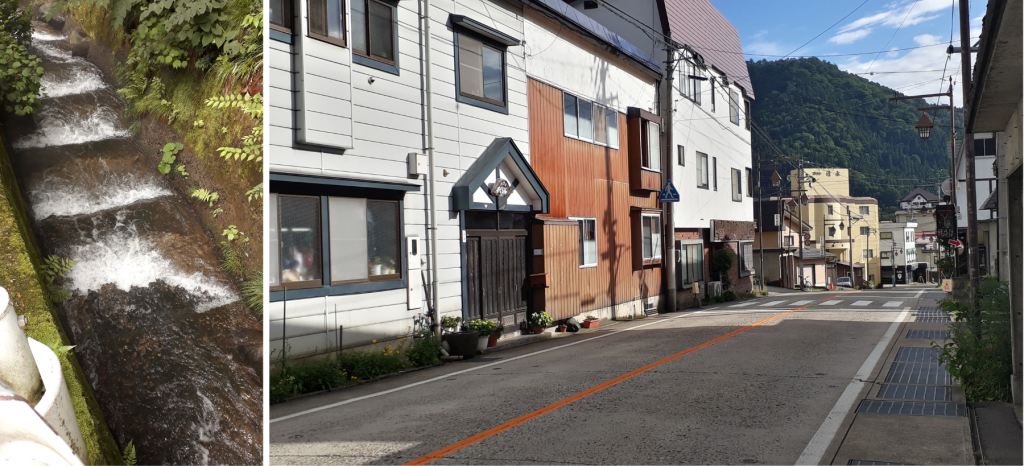
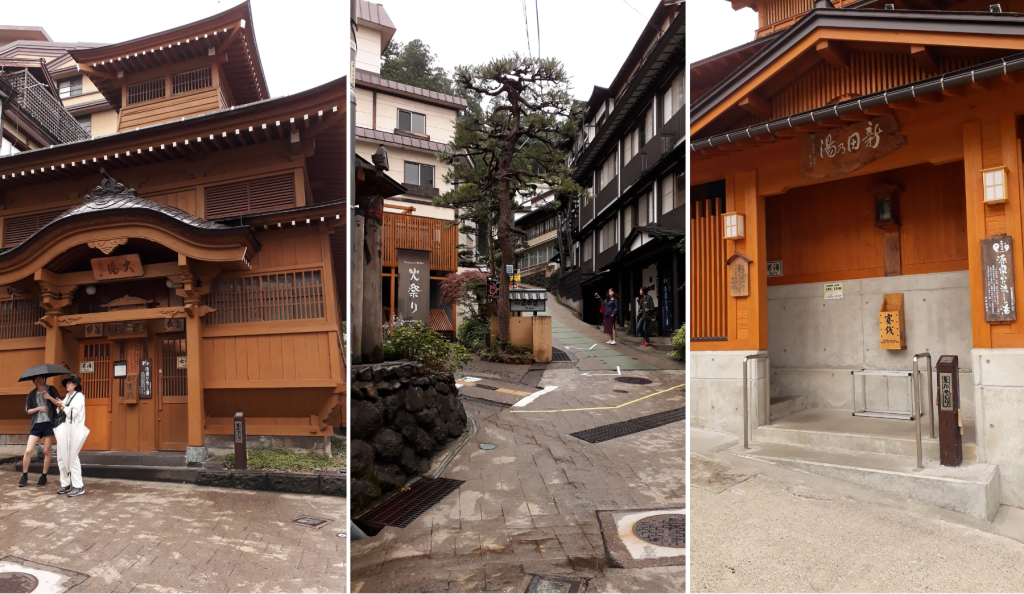

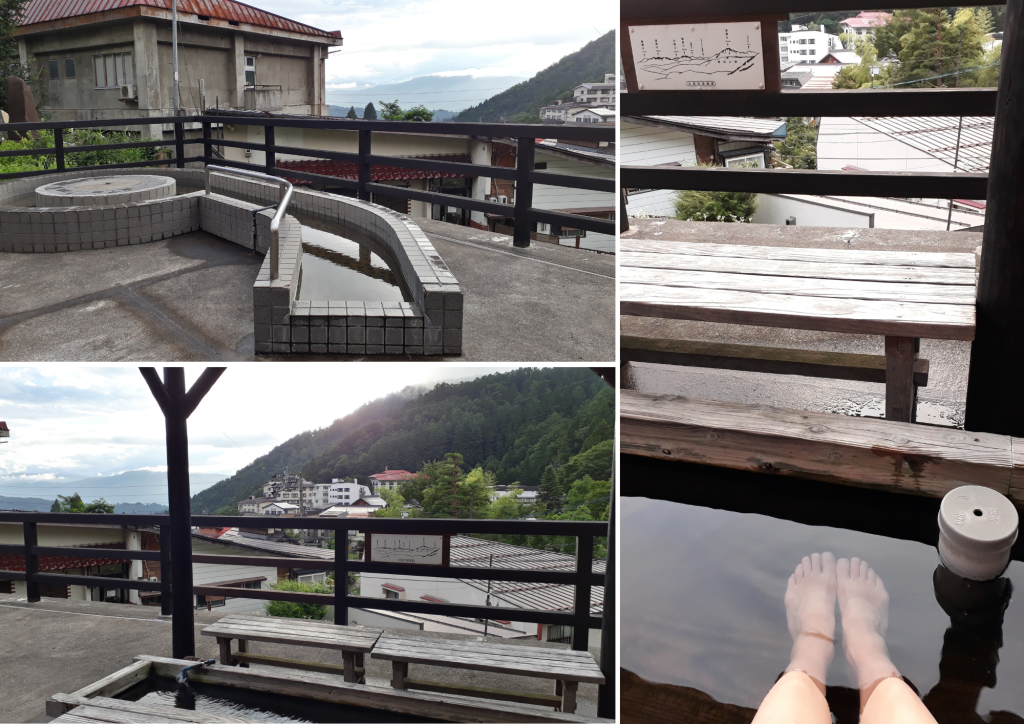
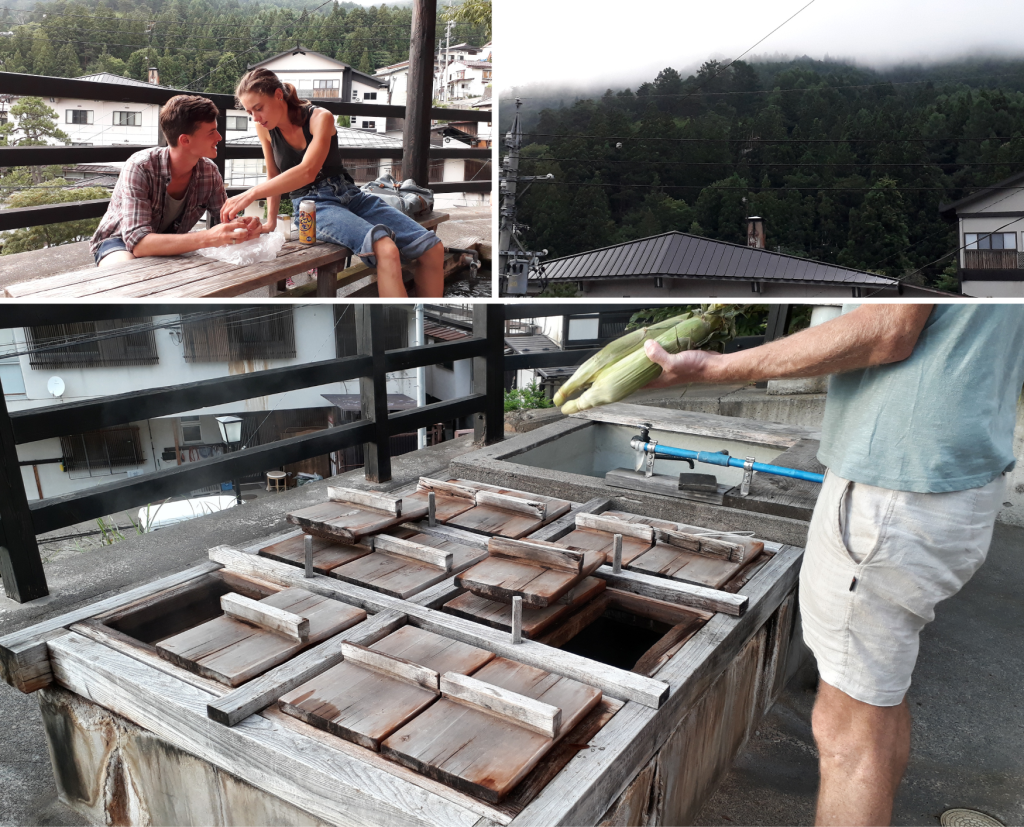
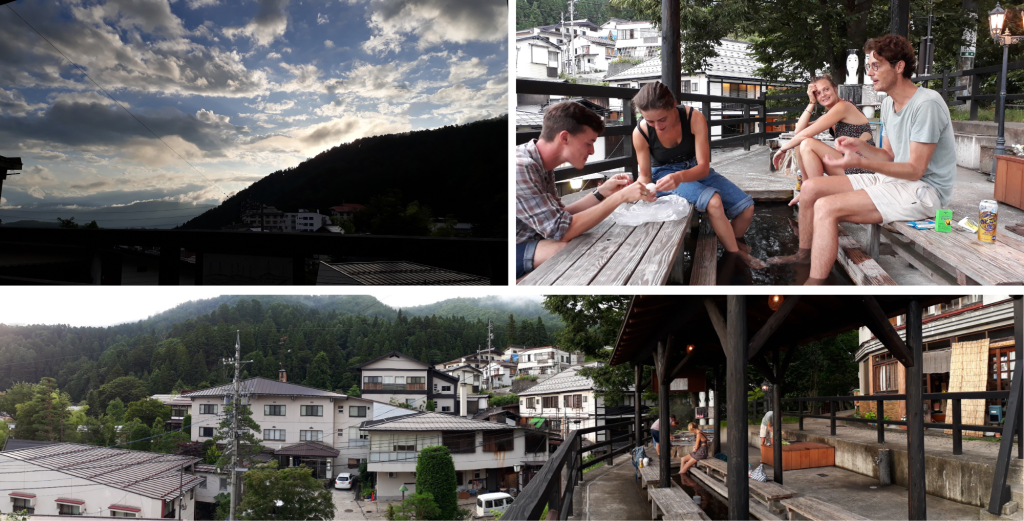
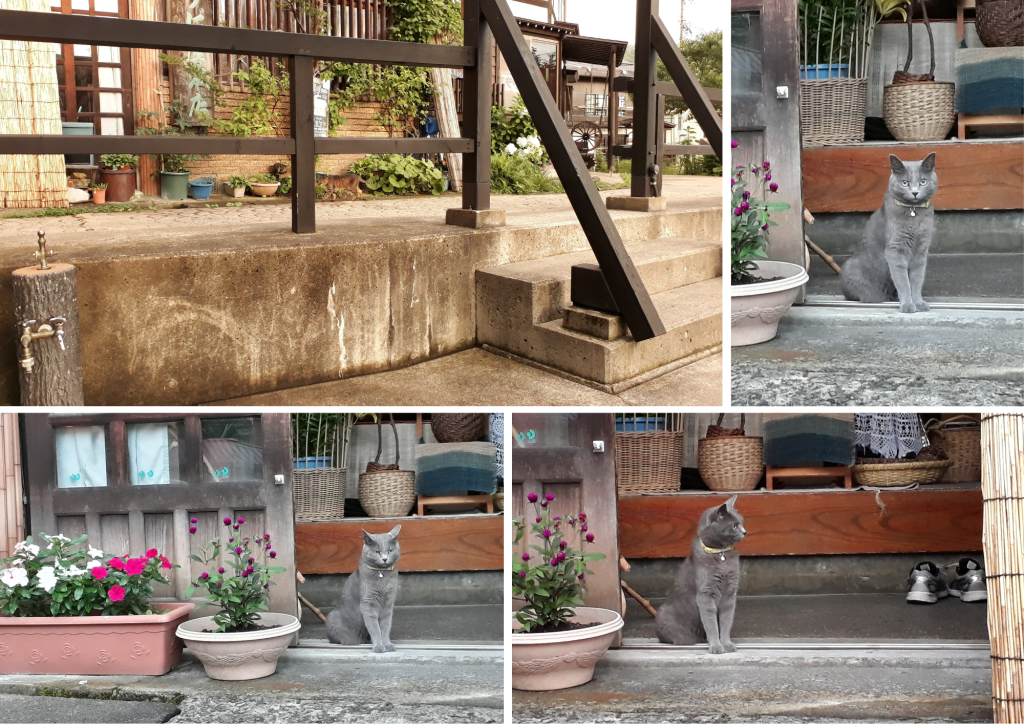
Hokuryu lake - our half secret relaxing place
Hot springs were great but at that time they were the last things me and the other volunteers wanted to think of. It wasn't just the hot temperature of a Japanese summer, which luckily is a bit cooler in the mountains than in cities such as Tokyo, but also the humidity. It wasn't as bad as in Hong Kong but felt much hotter than in Estonia in any case. To our great joy, there was a beautiful forest lake nearby which quickly became our favourite spot to swim and relax. The lake called Hokuryu (ryu = dragon in Japanes) was located slightly outside of the village, about 15-20 minute ride away with a bike, or an hour through the forest on foot. Sometimes we could borrow a microbus from the villa, especially when going to the lake was combined with making videos. Us, foreigners, were the only swimmers in that lake. The locals were fishing, paddleboarding or canoeing, but we never saw anyone swimming. Our hang out place was also a local sacred site, with 7 local shinto gods watching over us. I especially asked if it was even ok for us to be there but we were told it was not a problem.

That lake and the surrounding nature were just incredibly beautiful. The water often seemed dark green, due to the grand wall of tall trees on the shores that reflected back from the water. The magic started already with the narrow path that turned from the road and led to the lake underneath the trees that shaded the gods. The start of the path was marked with stone lanterns that in Japanese are known as tōrō. Those familiar with Japanese themes and architecture have surely noticed them as symbols of Japanese arts in various places, as zen garden elements or in landscaping. According to Google, these stone lanterns come from early Buddhism and they were used to mark pathways. Lighting them was an offering to Buddha.
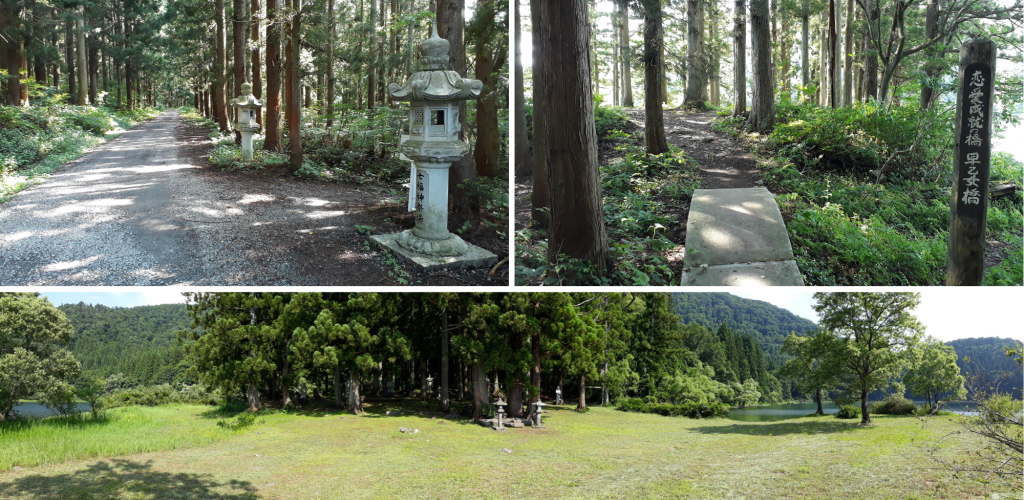

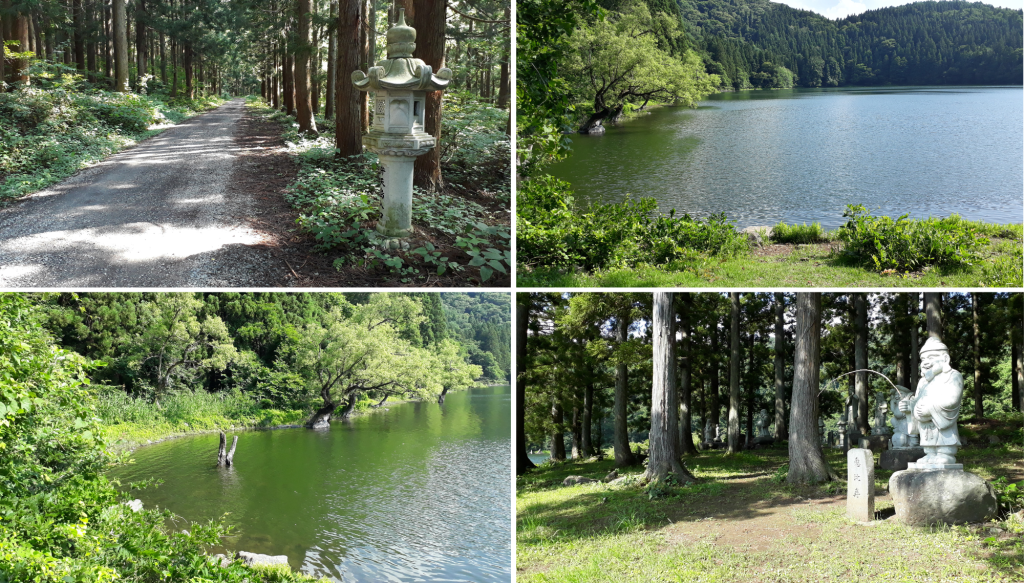

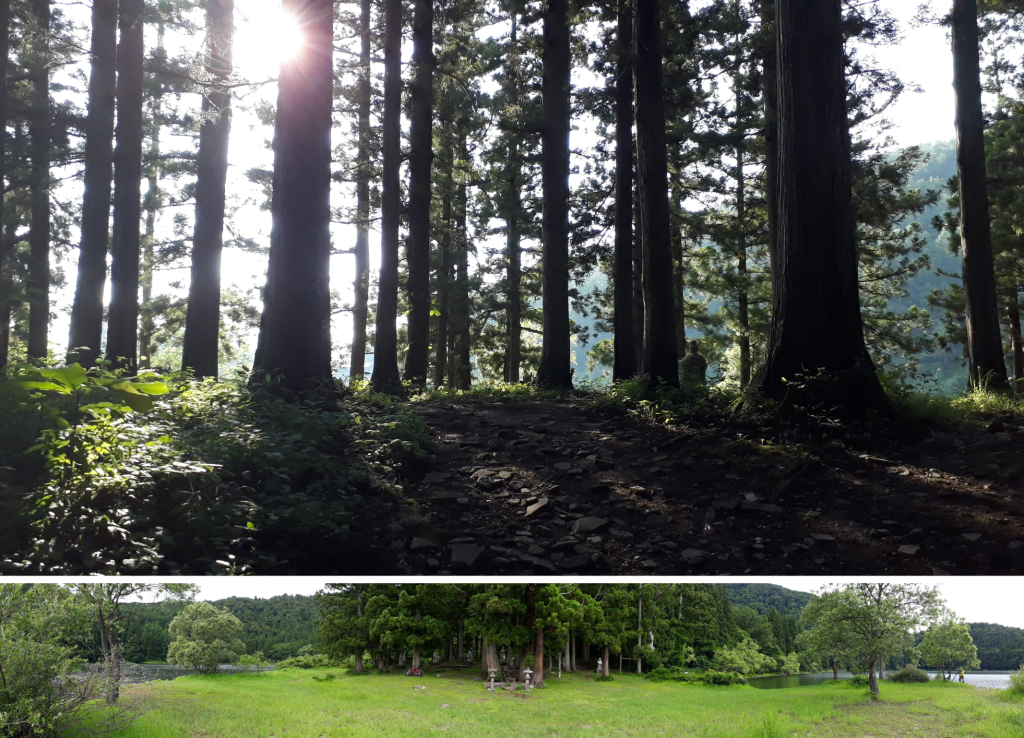
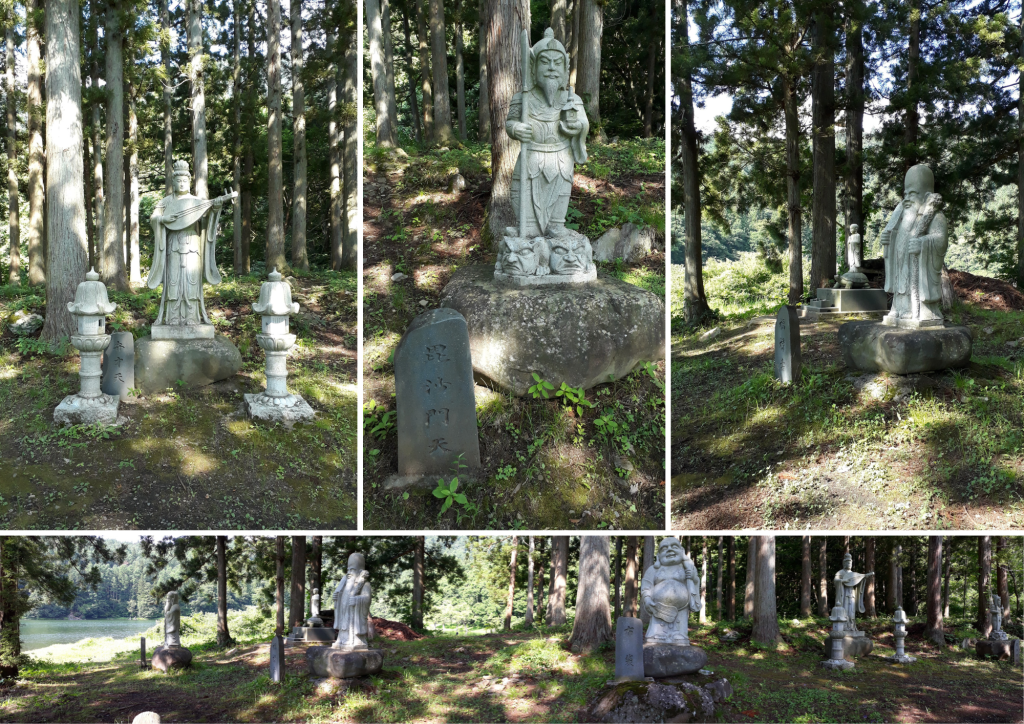
In the mountains, above the rice fields and also over the lake, birds of prey were often seen, and heard. One of the main ones, the black kite (locals called them "tombi") was a typical bird there, circling above the lake like falcons, seen from afar. By the way, those exact same birds those flying hawk-shaped kites are based on that are put in the vegetable gardens to chase away birds - I've even seen them on sale in Estonia now. I also noticed those graceful pretty cranes, or herons that we all know from Chinese and Japanese art, white and grey, standing on rocks at the shore, hunting for fish. I guess those patiently waiting for an hour for a fish to show are herons not cranes though, right?
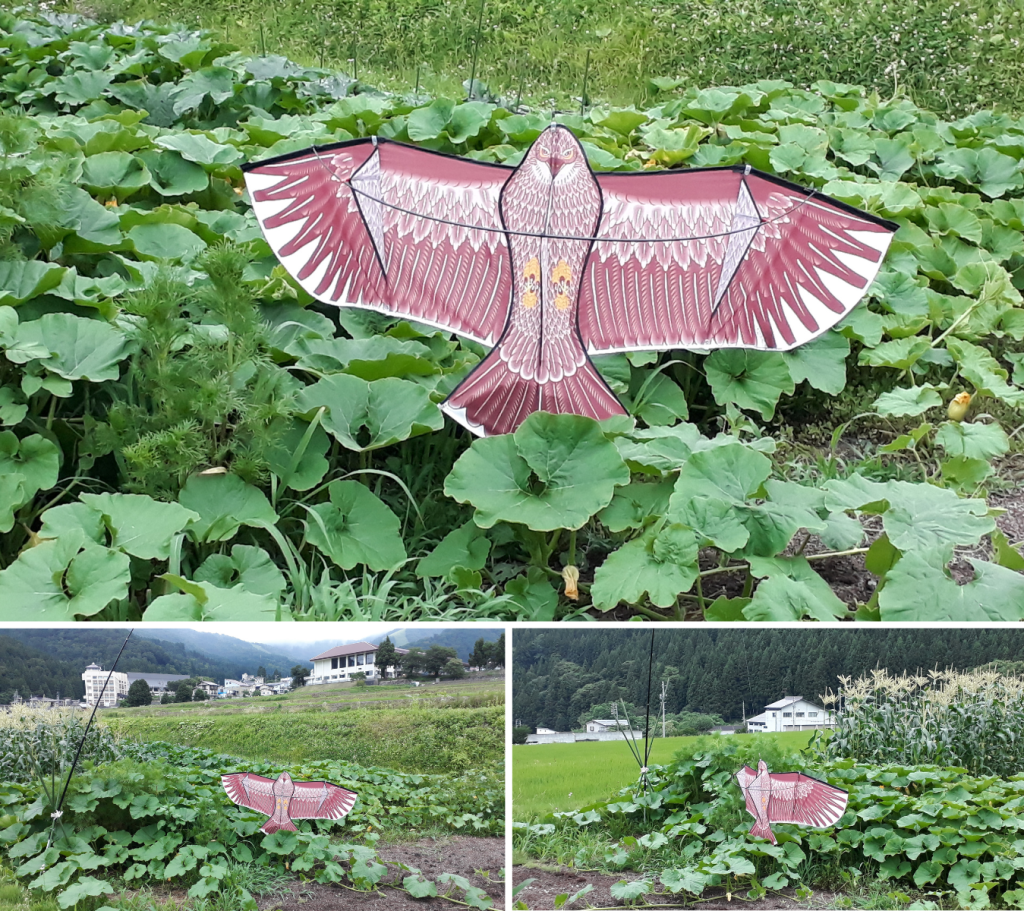
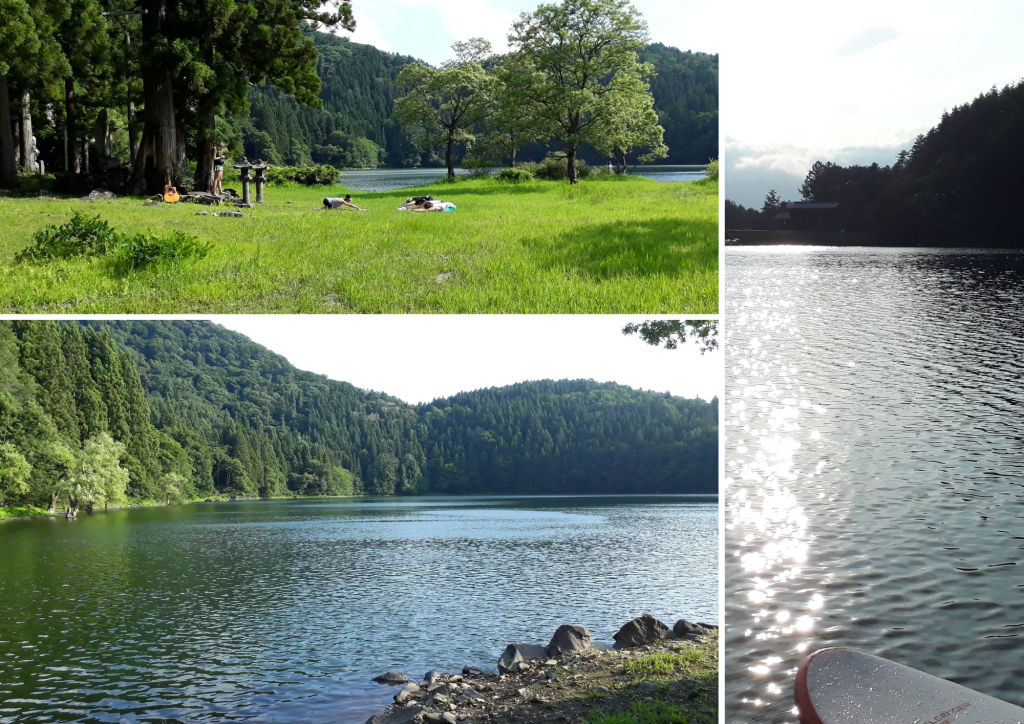
Most of the lake was surrounded by a deep forest. And not simply a forest but a therapy forest. Forest therapy is very popular in Japan, I think the term and idea even originates from there, as much as we can even call it an idea. Rather officially acknowledging the therapeutic power of nature. There is a very special temple in that forest, up the mountain, but this temple along with the nearby village, deserves its own chapter.
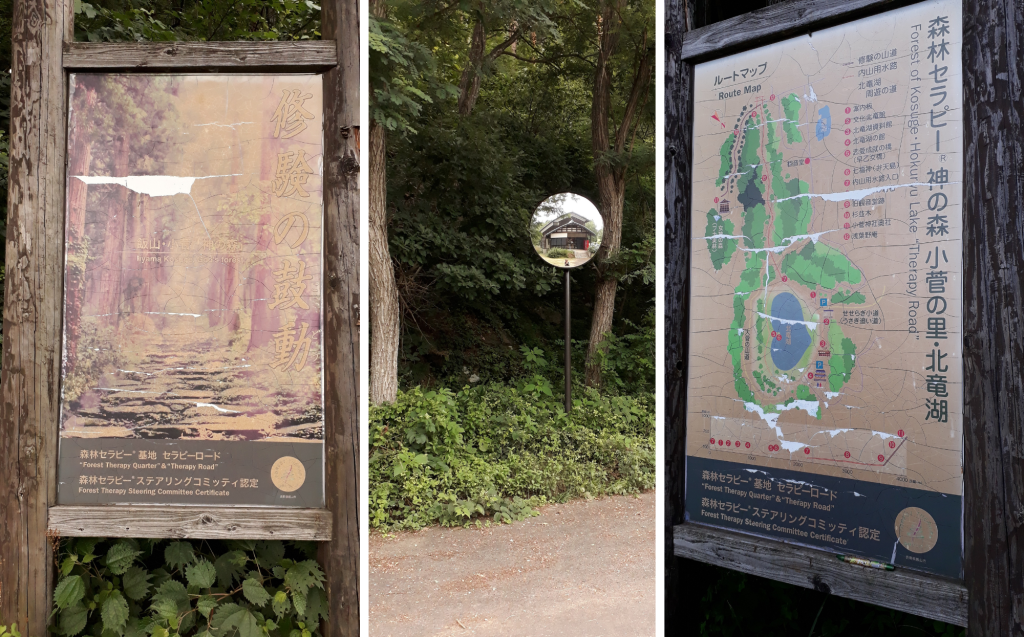
An unexpected lesson from the chapter on Japanese beliefs
Rushing ahead a bit, I was hereby reminded of our volunteer group's (6 people) last trip to the lake with all of us together. We had decided to have a nice picnic there, with swimming, local snacks, board games, and simply spending time in the beautiful nature. On the rocks lining the lakeshore, I found some dried up snake skins that got me thinking a bit :) However, I was not reminded of this time because of the snake skins... We were sitting there on the grass after a swim, enjoying good food and fresh air, playing Scrabble. Always under the watchful gaze of the seven stone god statues standing further back among trees. Suddenly, we noticed a group of locals walking towards them, two of them wearing traditional clothes. They saw us sitting on the shore under some trees, doing our thing, but did not pay us much attention - they seemed to be on a mission. Among the god statues, there was a small shrine also with an altar, which is what the group approached and the two people clothed in traditional garbs seemed to start carrying out some sort of sacred ritual. The other people, mostly dressed in suits, stood in a row at a polite distance, bowing at times, sometimes together, sometimes one by one when called up. There was a drum, a handful of green plants, and smoke I think, I cannot remember in such detail anymore. We just sat there watching, stunned. It was so unexpected and we had no clue what was going on and if it was even appropriate for us to be there having a casual picnic while witnessing the locals' sacred rituals. Nobody said we had to leave, however.
After everything was finished, two people from that group came towards us. One of them spoke a little English and to our astonishment, he came to explain to us what had just happened - namely, local rice farmers occasionally order rituals and blessings for good harvest from shinto priests, especially when it hasn't been raining for long and the fields are dry. Meaning, those traditional clothes belonged to the shinto priest. All of us felt truly honoured to have witnessed and even, in a small way, participated in it, although just as distant spectators. At the right place, at the right time. And it was so kind of that man to come over and explain to us! Probably noticed how intently we watched everything :D Later on during my travels I saw more of shinto priests in a completely different city almost in the other side of the country doing similar rituals with cars, blessing them? Energetic cleansing? I don't know. Of course, we didn't take any photos of that experience, it didn't really feel appropriate and, good heavens, we were not some tactless tourists!
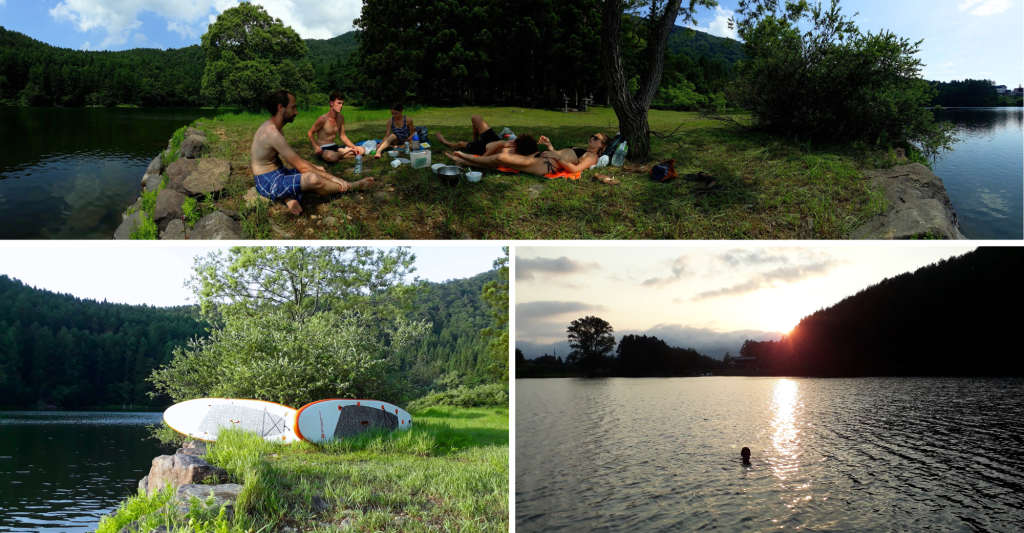
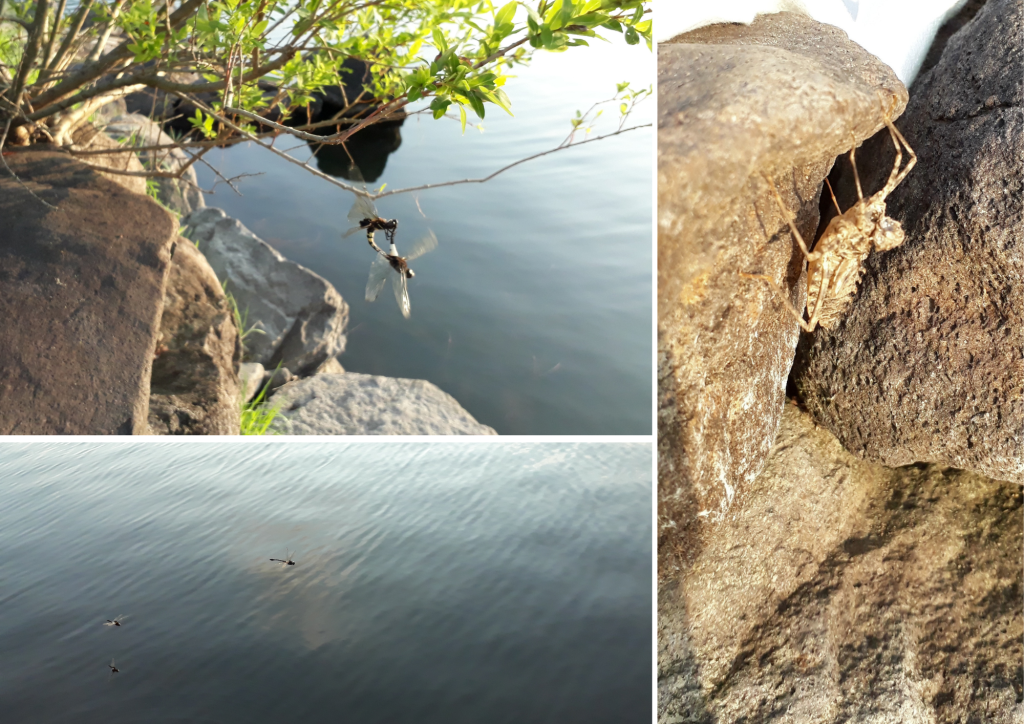
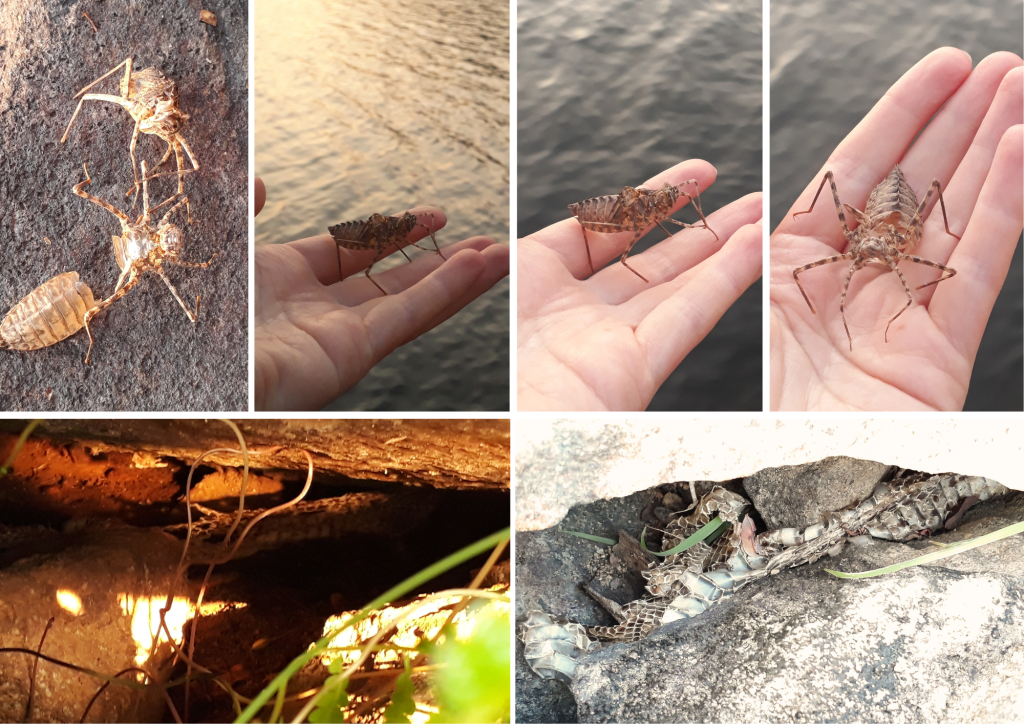
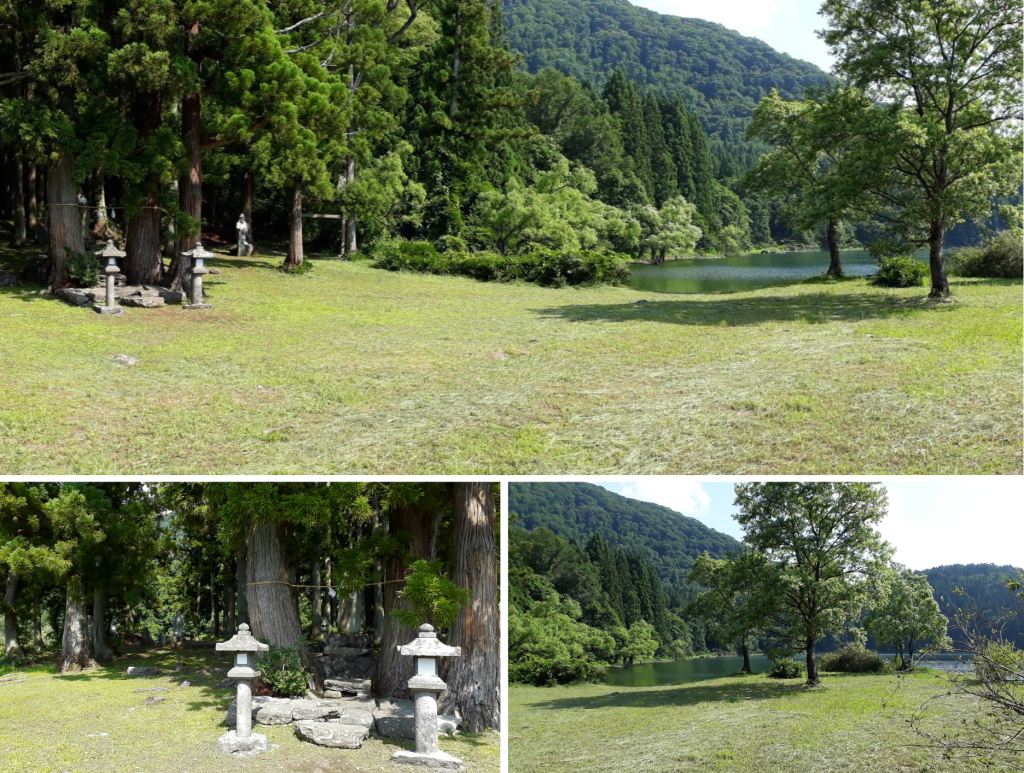
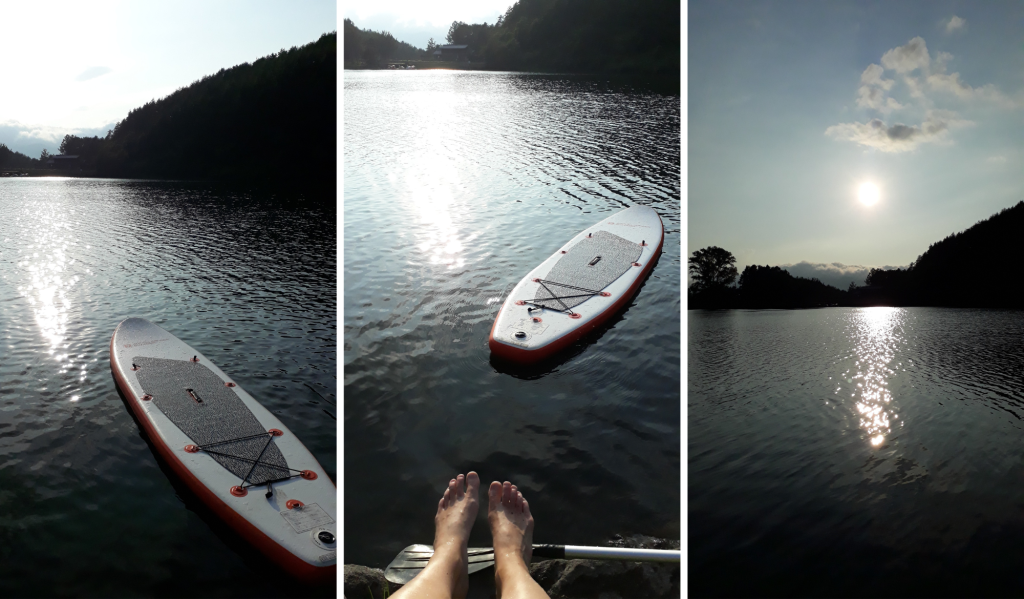



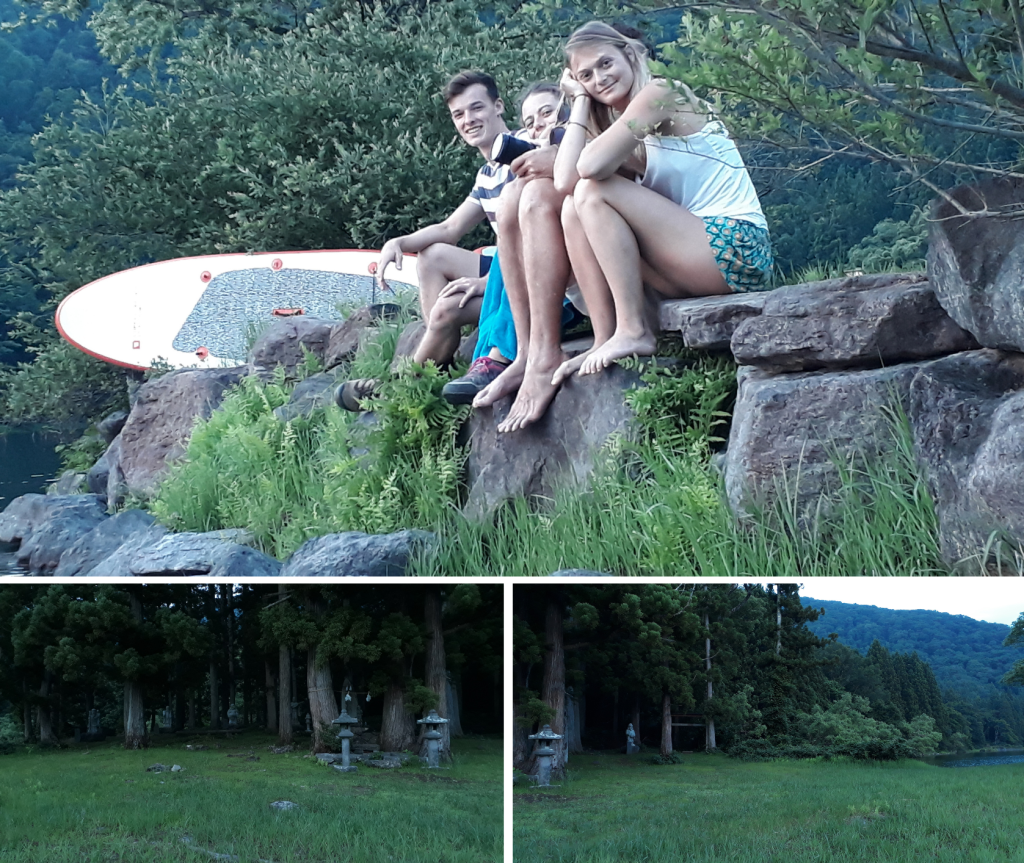
As promised, I'll add some links here with the videos that were made by my dear co-volunteers of the time we spent there - two were filming, two were "acting". These are short and give a really good overview of the life in Nozawa Onsen and what you can do there (advertisement of course), along with a visit to an onsen. Even I was sneakily added in there in some places (I usually avoid such things) floating around on a surf board and meditating on the rock. A sharp eye will notice :)
Here is the yoga class, lake, and village.
Here is the onsen and the village itself.
